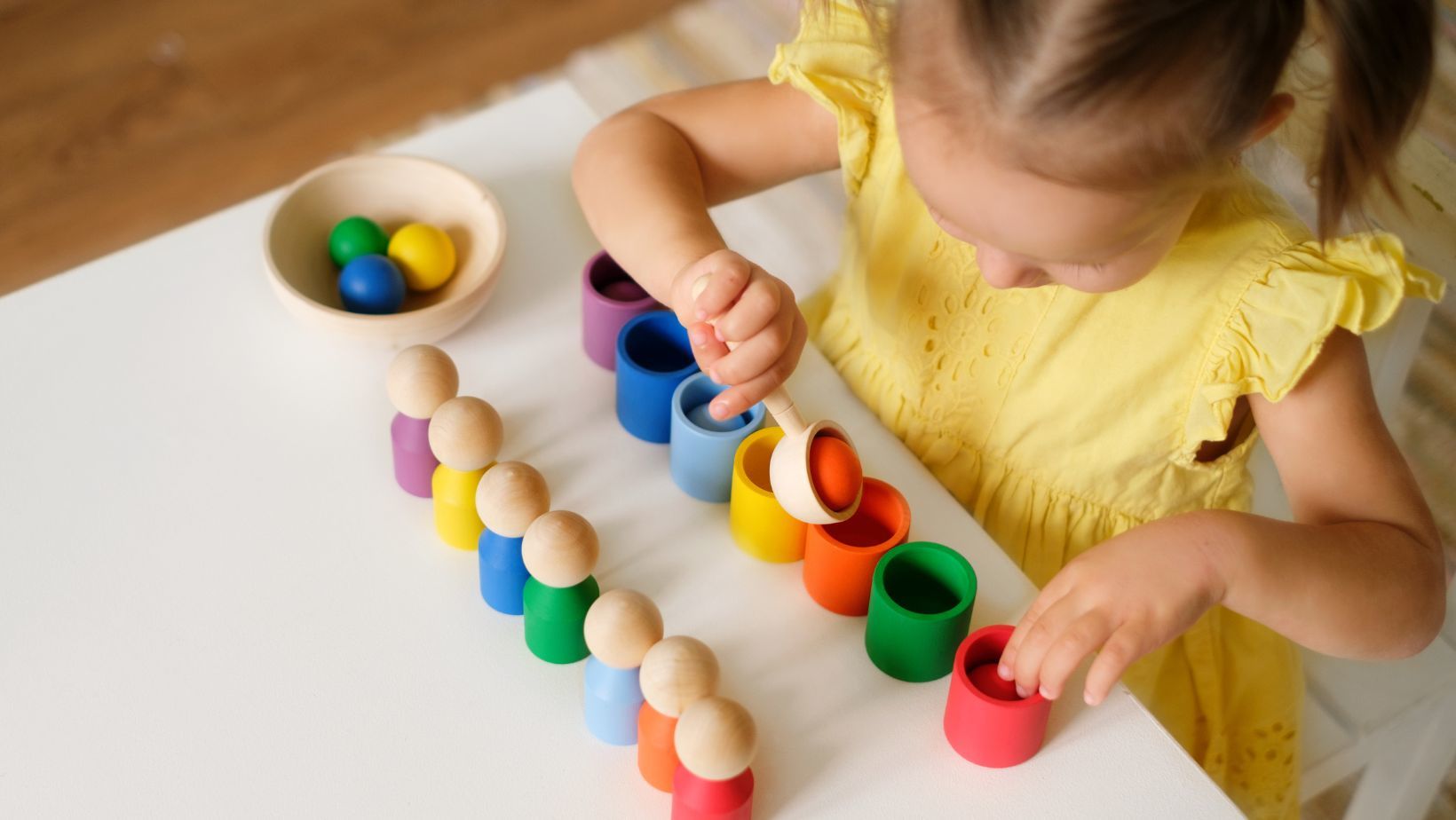As occupational therapists we understand the value and benefit of incorporating regular sensory or movement breaks throughout the day. Sensory or movement breaks are short, intentional pauses that help children to improve focus, manage emotions and support overall development and wellbeing.
This blog post dives into understanding the importance and benefits of sensory regulation for children, in addition there are also some ideas and strategies of how these can be incorporated within the home and school environment.
1. Sensory breaks provide opportunities to support and regulate emotions and behaviours.
Children often experience big, overwhelming emotions. As they learn to navigate these feelings, small sensory breaks can provide them with the opportunity to self-regulate, by calming down and resetting their emotions as required.
Example activities to support regulation of emotions:
-
Guided breathing techniques:
-
Belly breathing (link: https://www.youtube.com/watch?v=RiMb2Bw4Ae8)
-
Finger breathing (link: https://www.youtube.com/watch?v=Bz7WZ5jS19I)
-
Square breathing (link: https://www.youtube.com/watch?v=PHQ7YZYRAms)
-
Weighted toys/blanket
-
Stress ball or sensory putty
2. Sensory breaks increase levels of focus and attention.
Children often demonstrate difficulty focusing for an extended period of time, resulting in restlessness and irritability. Incorporating sensory breaks, provides the opportunity for movement to reset the body before returning back to tasks with increased focus and engagement.
Example activities to support focus and attention:
-
Guided YouTube videos:
-
Dinosaur Run: https://www.youtube.com/watch?v=3Uuq6Bky0Dc
-
Dance Freeze: https://www.youtube.com/watch?v=2UcZWXvgMZE
-
Floor is Lava: https://www.youtube.com/watch?v=wbNAiN8FTfc
-
Going through various Yoga Poses and holding for at least 10 seconds i.e. downward dog, angry cat, mountain, child’s pose
-
Simon Says with movements such as push up’s, floor to sky jumps, balancing on one leg etc.
-
Animal Walks, for example:
-
Hop like a kangaroo
-
Jump like a frog
-
Crawl like a bear (on all fours, belly button facing down)
-
Walk tall on tiptoes like a giraffe
-
Stomp like an elephant
-
Run fast like a cheetah
-
Walk like a crab (on all fours, belly button facing up)
-
Jump and swing arms around like a monkey
3. Sensory breaks support children’s need for sensory processing.
Each and every child has unique sensory needs and preferences. Tailoring activities to your child's needs can help to support their engagement, attention, regulation and focus throughout the day. Whilst some children require increased, highly stimulating sensory input others require reduced levels of sensory input, creating a more calming effect. By engaging with your child’s sensory needs, you are able to provide a “reset” to prevent over stimulation, often leading to meltdowns.
Example activities to support sensory processing:
-
Reduced levels of sensory input:
-
Time in a quiet space/corner
-
Quiet/calming music
-
Dimmer lighting
-
Reducing the amount of visual stimulation a child might be exposed to
-
Increased levels of sensory input:
-
Weighted toys
-
Heavy work activities: Jumping, running, pulling (ie. a towel), pushing (ie. a trolley)
-
Textured sensory play
4. Sensory breaks promote the development of children’s motor skills and coordination
During sensory breaks, children often engage in both fine or gross motor tasks. As a result, they have the opportunity to improve their physical abilities, whilst also providing the opportunity for sensory regulation.
Example activities to support fine/gross motor skills:
-
Large muscle movement-based activities: Running, jumping, pushing, pulling, etc.
Some examples to provide this larger type of movement: YouTube movement videos, whole class sports games
-
Small muscle movement-based activities: Pinching, rolling, stretching, squeezing, threading, pulling, etc.
Some examples of how to create these small movements: Colouring in, playing with thera-putty, playing with small fidget toys, squeezing stress balls, playdough, reading
It is important to note that every child is so different in their sensory processing patterns, so it can be a bit of ‘trial and error’ to see what they might benefit and respond best to! We know that sensory processing is a big concept, so if you have any further questions about this in regard to your child please do not hesitate to contact one of the wonderful OT’s to help you at KFTH!
